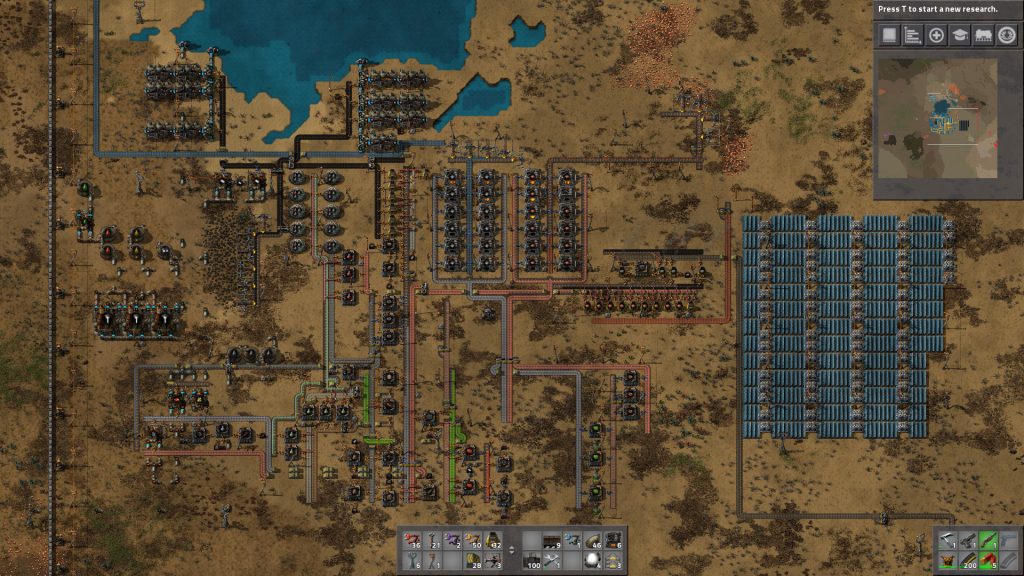The rewarding moment when everything starts to move
During my ongoing literature review I often discover interesting facts about things I’ve never thought about. Sometimes I can connect these facts with my own observations: The result is mostly a completely new idea why things are as they are. Maybe these ideas are new to you, too. Therefore I’ll share my new science based knowledge with you!
This week: This time, I think about the rewarding moment that occurs when a complex design project inside of a computer game is tested and used for the very first time.
Some games, such as Kerbal Space Program (KSP) and Factorio, allow a player to carefully design ideas and subsequently to test them for effectiveness and efficiency. In KSP, a player assembles complex spacecraft that are potentially intended to reach distant celestial bodies and to land on them. After having finished the design phase, the player can launch the spacecraft in the simulation phase and complete the desired mission.

Designing effective production lines in Factorio
Factorio challenges a player with the design of large factories that refine basic resources into higher goods to finally assemble final products. As recipes for some higher tier goods are complex and require multiple steps of refining materials, achieving a high effectiveness and efficiency is the key to successfully play the game. This especially is important as the player also is challenged to design the paths on which the goods are transported. By not correctly designing these paths, bottlenecks can occur and slow down an entire production line.
As a result of this, players need to carefully design their production lines. On the one hand, they need to consider the amount of resources needed to avoid having a shortage of a particular material. On the other hand, they need to find ways to efficiently transport the required amount of resources in time to avoid slowing down the production. Thus, a major part of the gameplay consist of laying out new patterns of machines and trying to connect them with conveyor belts which transport the resoures.
This mentally demanding phase of the game ends when the player finally connects a new production line to the power and supplies it with the needed basic resources. This event represents a very rewarding moment in the gameplay as the player can observe how the materials pass through the system and confirm that the design is effective (or needs some additional improvement …). Personally, I find these moments very rewarding as they conclude partly difficult puzzle phases with visual summaries of the found solutions.
In the end, by allowing players to design own projects and subsequently observe their results, a high motivation to continue searching for a solution is achieved. The gameplay requiring the development of designs can, as demonstrated with KSP, also contain learning content. This knowledge then is subconsciously practiced as players need to apply it to successfully find a working solution.